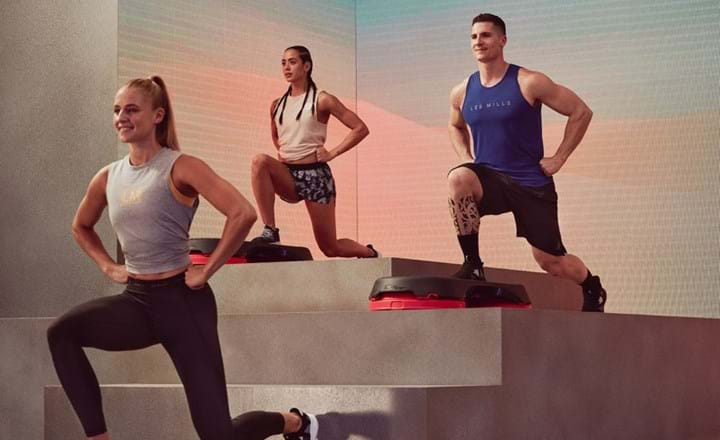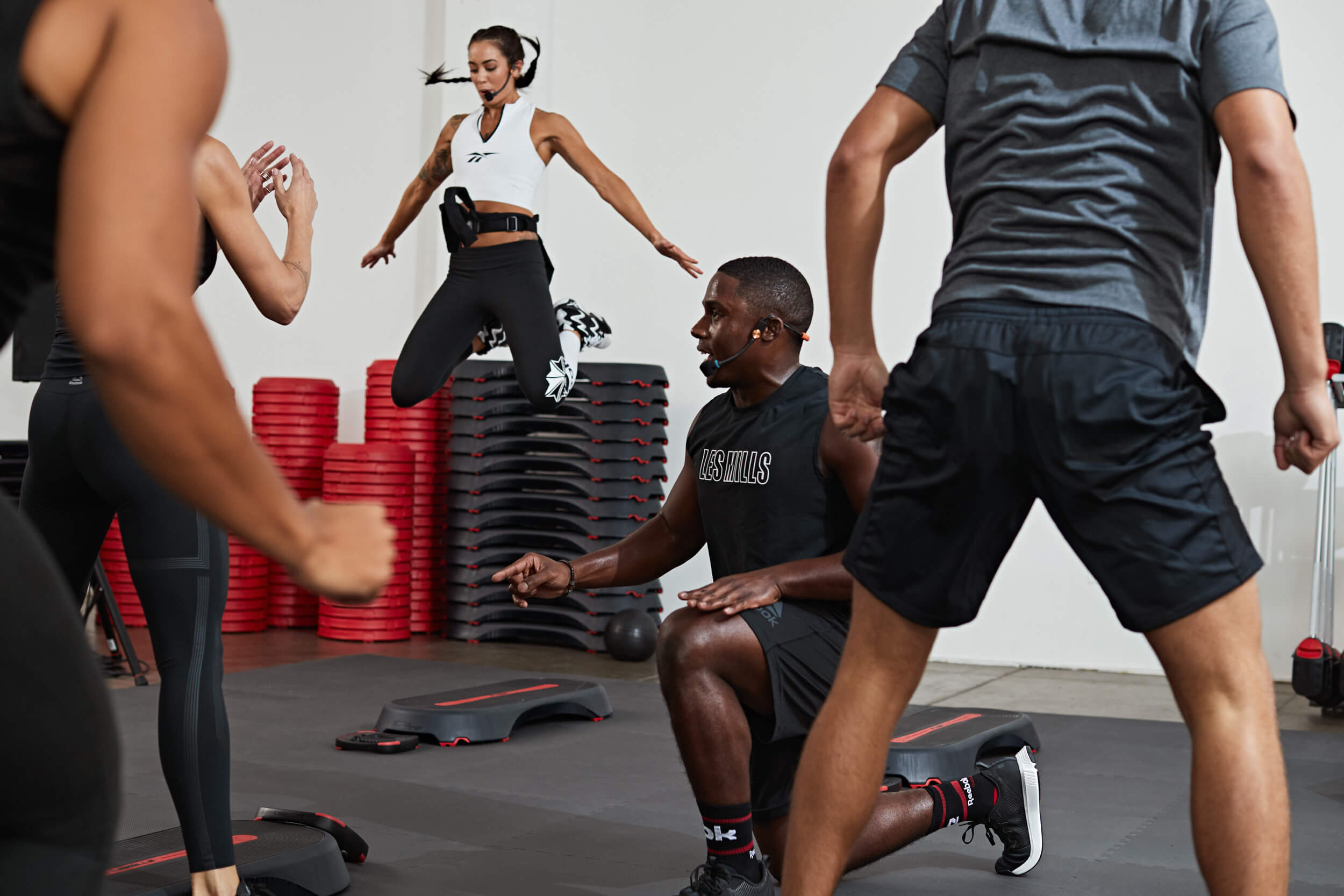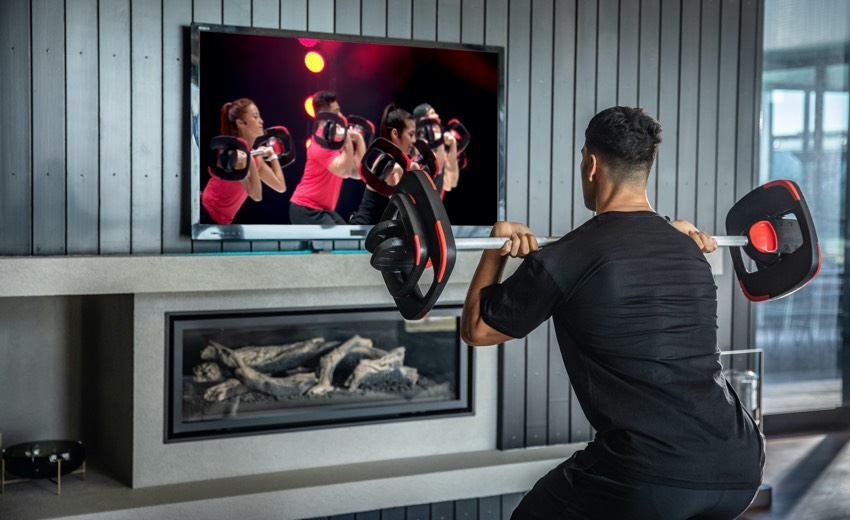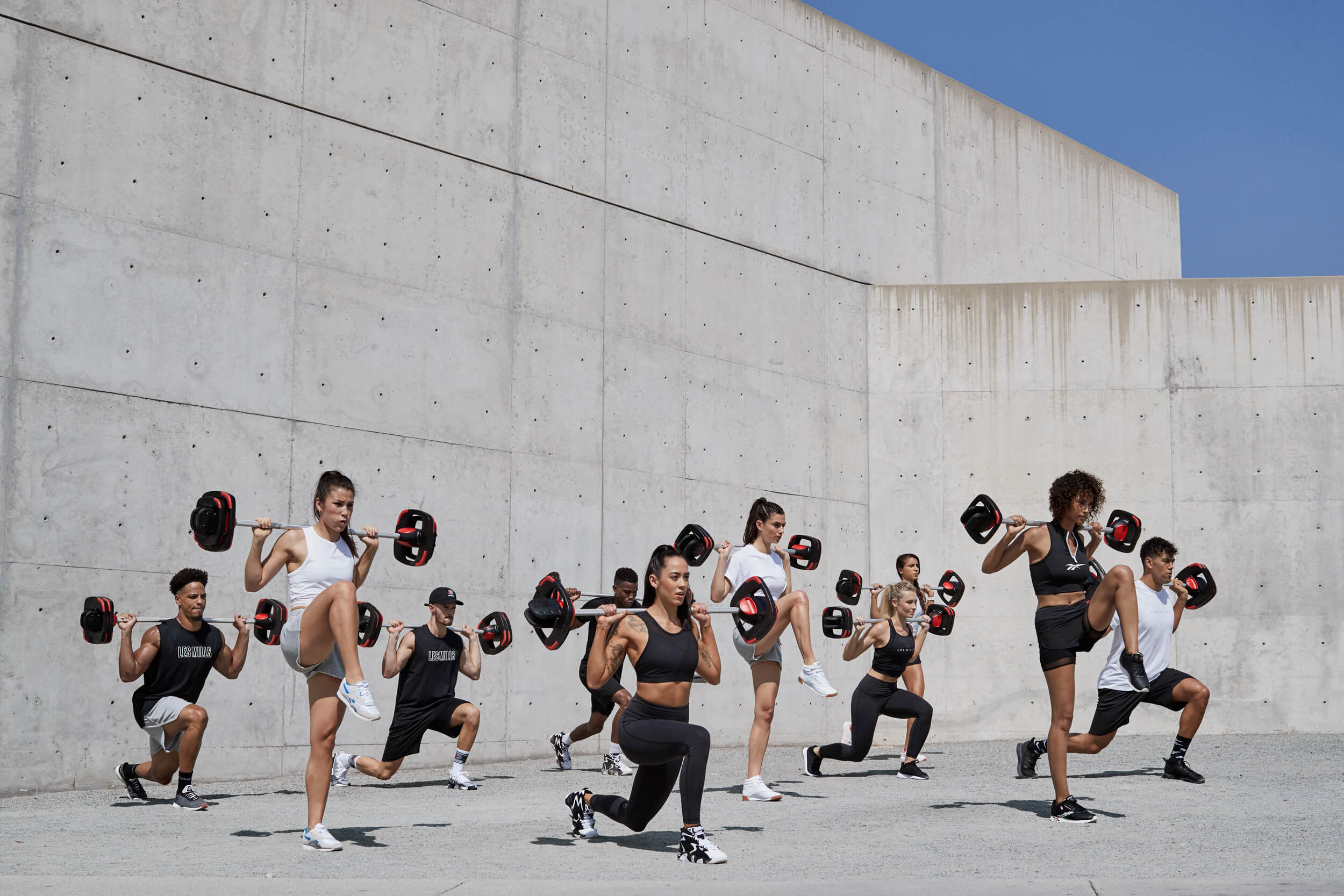
What will clubs encounter as they emerge from COVID-19 enforced lockdown? And how long will it take before the industry fully recovers? Will we see a short, sharp, V-shaped recovery? Or a more prolonged return to full capacity with a U- or even W-shaped recovery, disrupted by a second wave of the pandemic?
These are the burning questions the fitness industry is currently grappling with, and many experts are hard at work searching for the answers. Having recently explored the anecdotal evidence from clubs in Asia and New Zealand that have already reopened their doors, this article will examine the findings of new industry reports from the likes of ClubIntel, ukactive and Leisure-net, picking out key insights to help clubs shape their recovery strategy.
The reports offer invaluable guidance for how operators can survive and thrive as we come out of this crisis into a new reality. One of the biggest takeaways from the reports is the importance of mining our existing club data to help forecast and overcome next steps.
As ClubIntel co-founders Stephen Tharrett and Mark Williamson note in their new What Members Say Matters report: “Past behavior and experiences will have a significant impact on how successful you are at getting members back.
“We know that usage levels, tenure, gender, age, and relationship metrics are all critical to understanding the outcomes of your reopening. Understanding this data will only help you predict membership levels and frame the best strategies for attracting former members back into the fold.”
The answers to many of our burning questions can be found in the numbers. So here are eight key insights from the latest industry reports on the challenges clubs can expect post-lockdown and the strategies to overcome them.
1. Most people still love their club
Despite many media proclamations that the COVID-inspired home fitness boom would spell the end of fitness facilities, the most encouraging insight is that the majority of members can’t wait to get back to their club.
According to ClubIntel’s report – which surveyed 2,000 club members from across the US – the majority of operators can expect their post-COVID membership levels to range from 65% to 84%, with a range of 75% to 80% most likely in the early months after reopening.
This is broadly in line with the experiences of US operators already in the process of reopening their estates. Planet Fitness began reopening clubs on May 1, and as of June 2, the operator had reopened 800 of its 2,000+ locations, with a club usage rate of roughly 60% compared to the same time period last year. In New Zealand, Les Mills gyms saw attendances hit 64% of pre-COVID levels in the first week after reopening.
Meanwhile in Europe, nine in 10 members intend to return to the UK's gyms and leisure centres, according to The COVID-19 Impact Report from ukactive and 4global. Using modelling based on millions of customer visits, combined with multiple consumer and market surveys, the report found that 88% of gym members would use their facility the same amount, or more than before, once it reopened.

2. We can still count on attendance frequency
Although masks and screens will mean clubs look vastly different when they reopen, one thing that won’t have changed will be the significance of member attendance data in predicting the success of those clubs.
The ClubIntel report concludes that member usage prior to closure is a powerful predictor of the likelihood that member will return. 52% of members who visited their facility on average 12 times or more a month indicated they were very likely to return, compared to only 37% of those who use their facility 8 to 12 times a month and 22% who visit once per month or less.
Interestingly, level of usage doesn’t impact on members’ not wanting to come back, but it does play a major factor in their desire to return. Members who use their facility less than 8 times a month are half as likely to have strong sentiments about returning, while members who visit less than 4 times a month are the most likely to be undecided on whether to return.
Commenting on the findings, Les Mills Executive Director Phillip Mills said: “At a deeper level, the data describes timeless laws of which we should constantly remind ourselves. Frequency of attendance is a seminal metric for our industry that is powerfully associated with customer retention and delight. We are in the motivation business as much as that of exercise prescription and need constantly to find ways to inspire.”
3. Health is the new wealth
Despite a looming global recession, the majority of club members intend to spend more on their fitness or maintain current levels of spending, according to the Post Lockdown Recovery Report from Leisure-net, which was based on 65,152 member responses across 45 UK operators.
With health now everyone’s top priority, there will be significant growth opportunities for clubs that pull through the coronavirus pandemic and make it out the other side. The Leisure-net report found that 90% of consumers intend to spend the same amount of money or more on being active as they come out of lockdown.
The customer attitudes and behaviors survey carried out by researchers showed that 82.3% of people in the UK will spend the same amount of money on being active post-lockdown, and 7.5% expect to spend more. Only 10.2% said they intend to spend less.
This chimes with a post-lockdown Nielsen survey from China, that found 75% of the public planning to spend more on sport and fitness in the future, while 80% are trying to eat more healthily. This has been reflected in spring festival spending, with sales of home fitness equipment up 300%, while several club operators have reported higher than usual numbers of new-joiners.

4. Member and activity recoveries will be staggered
Whichever letter (V, U, or W) comes to represent the nature of clubs’ recoveries, the data suggests these recoveries will be characterized by gradual waves of returning members, rather than a sudden influx.
ClubIntel’s research found over a third (34%) of US members would return to their club within the first week of reopening. Another 34% said they’d return between one and four weeks, and 25% said they’d wait one to three months before returning. The report authors estimate facilities can expect 20-25% of members back in the first week of reopening, another 20-25% back by week four, with 60-80% of pre-closure membership returning by the third month.
Meanwhile, The COVID-19 Impact Report from ukactive and 4global predicts the speed of recovery will also vary across types of gym activity. The report foresees a nine-month gap between full-service clubs reopening and returning to full capacity (assuming the first two months will see clubs operating at 50% capacity) with group fitness being the quickest gym activity to recover.
Giving the example of a facility that reopens on July 4, 2020, the report’s data modeling predicts that group exercise would exceed 2019 figures (by +2%) by November 12, 2020. Gym floor use would exceed 2019 figures (by +1%) by March 5, 2021, while swimming would equal 2019 figures by April 19, 2021.
5. Social fitness activities will lead the recovery
Continuing this theme, multiple reports suggest that the social elements of the club are going to be the biggest drivers of recovery, despite the obstacles initially posed by social distancing requirements.
The COVID-19 Impact Report from ukactive and 4global modeled two further scenarios in which clubs are required to operate at 50% capacity for the first three and six months of reopening, and group exercise was the fastest activity to recover in every scenario. This was followed by the gym floor, while swimming was the slowest activity to recover in every scenario. The researchers expect capacity to begin to restrict club performance as customer confidence grows and suggest operators could speed up their recovery by increasing capacity through redeploying underutilized space or time slots, as well as considering virtual GX solutions.
One of the main reasons for group exercise leading the recovery charge could be members’ yearning for a return to social fitness experiences. According to the Post Lockdown Recovery Report from Leisure-net, connection with gym staff is by far the biggest thing members and customers are missing. Some 45.8% of members said they were ‘missing motivation from gym and class Instructors’, while 11.1% were ‘missing instruction from sports and swimming coaches’. Other club aspects that members are missing include socializing (listed by 33.3%) and competitive sport (12.8%).

6. Generation Active remain our key battleground
Millennials and Gen Z – dubbed Generation Active – have become the prime target audience for operators, with the 2019 Les Mills Global Consumer Fitness Survey revealing they represented 80% of all gymgoers. Much of the growth in the budget and boutique segments over the past decade has been driven by operators who attract Generation Active en masse, and the latest reports suggest this will continue to be a key barometer of a club’s success post-COVID.
Millennials and Gen Z are both more hesitant to return to their clubs than Gen X or Baby Boomers, according to the ClubIntel study. Only 61% of Millennials report they are very likely or fairly likely to return to their club post-COVID, compared to 74% of Boomers.
Tellingly, Gen Z and Millennials (43% and 38% respectively) are the most likely demographics to have terminated their membership during lockdown. They were also the most prominent groups among the overall 21% of club members who said they were likely to leave their current facility and join a new one post-lockdown, suggesting operators will have to work doubly hard to earn loyalty among Generation Active.
“There’s a major risk identified here of losing our crucial 18-39-year old market,” adds Phillip Mills. “Whether this is driven by fear of infection or, as I suspect, more by financial insecurity, the way to retain them is to provide such value that they will prioritize us as they have during previous recessions. Having witnessed our industry’s response to five past economic crises, I am sure we will again rise to the challenge.”
7. Digital offerings will play a key role
The reports clearly point to the popularity of social fitness experiences among existing members. But there are also indications that once COVID-19 anxiety subsides, many of the new fitness fans that clubs have won online will be eager to ditch isolation and embrace the thrill of live fitness experiences, helping to drive growth for clubs.
The ClubIntel report concludes that ‘operators seeking relevance to Gen Z and Millennials need to commit to providing virtual fitness content’, as they were the biggest consumers of these offerings during lockdown. Generation Active also rated the provision of virtual fitness content as having an important influence on their decision to return to their club.
The importance of integrated virtual fitness solutions was similarly reflected in the Leisure-net report, which asked UK members “Would you be more likely to go back to the gym if it offered online classes as part of the membership offer?” In response, 18.9% said ‘yes definitely’, 49.3% said ‘perhaps/maybe’ and 31.9% said ‘definitely not’. This amounted to a net positive result of nearly 70%, indicating that digital has been a great investment for gyms to expand their reach and will play a strong role as an engagement tool in the post-COVID fitness landscape.

8. Opportunities abound for those with a brave mindset
One of the prominent themes across all of the reports was the importance of adopting an agile mindset in order to fully capitalize on the opportunities that lie ahead post-COVID. Those clubs that opt to ride out lockdown and wait for their club to open as before may find that the old rules no longer apply. The more agile will double down on digital, adopting the mindset that their club is now always open and every person on the internet is a potential member. The ultimate winners will be clubs who nail the online-to-offline strategy to ensure they have both bases covered, while adapting quickly to emergent challenges.
“The temporary closure of fitness facilities due to COVID-19 has persuaded many fitness operators to adapt their approach to business. For example, offering virtual fitness content that members can view at home,” note ClubIntel co-founders Stephen Tharrett and Mark Williamson in their report.
“It is not the closures that speak to the dawning of a new era. Instead, it is how the fitness facility industry emerges from this COVID-19 cocoon that will frame the dawning of a new era.
“The dawning of this new era for the fitness industry will be defined by the ability of fitness operators to rethink their business model and value proposition.”
• To access the ClubIntel report What Members Say Matters – A National Fitness Industry Study of What Members Say is Needed if Health/Fitness Facilities Want Them Back click here.
• To access the ukactive and 4global COVID-19 Impact Report: The Fitness and Leisure Sector’s Path to Recovery click here.
• To access the Leisure-net Post Lockdown Recovery Report click here.
GETTING READY TO RELAUNCH YOUR CLUB?
Check out our Club Recovery Hub, packed with tools, insights and resources to help your club reopen with purpose and clarity.
GET FIT FOR THE FUTURE